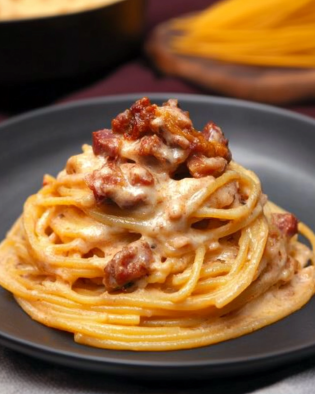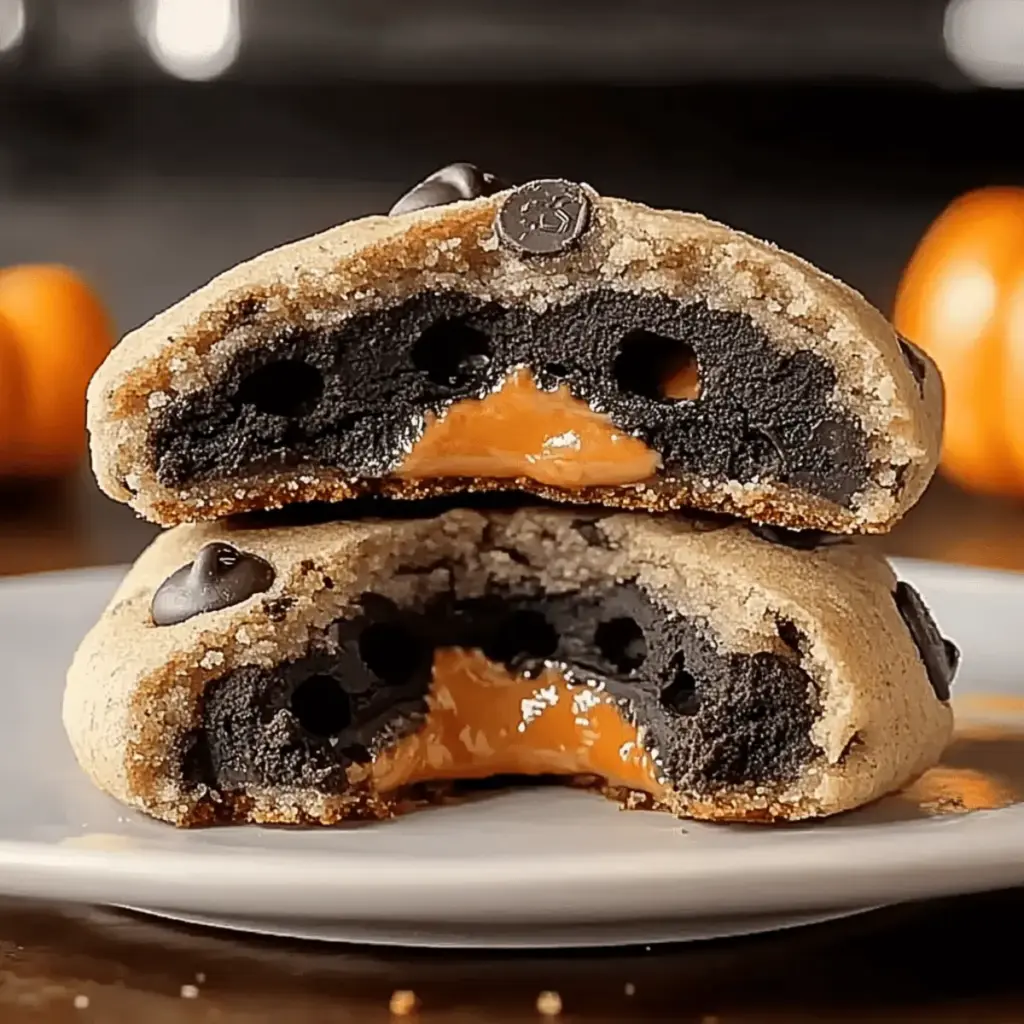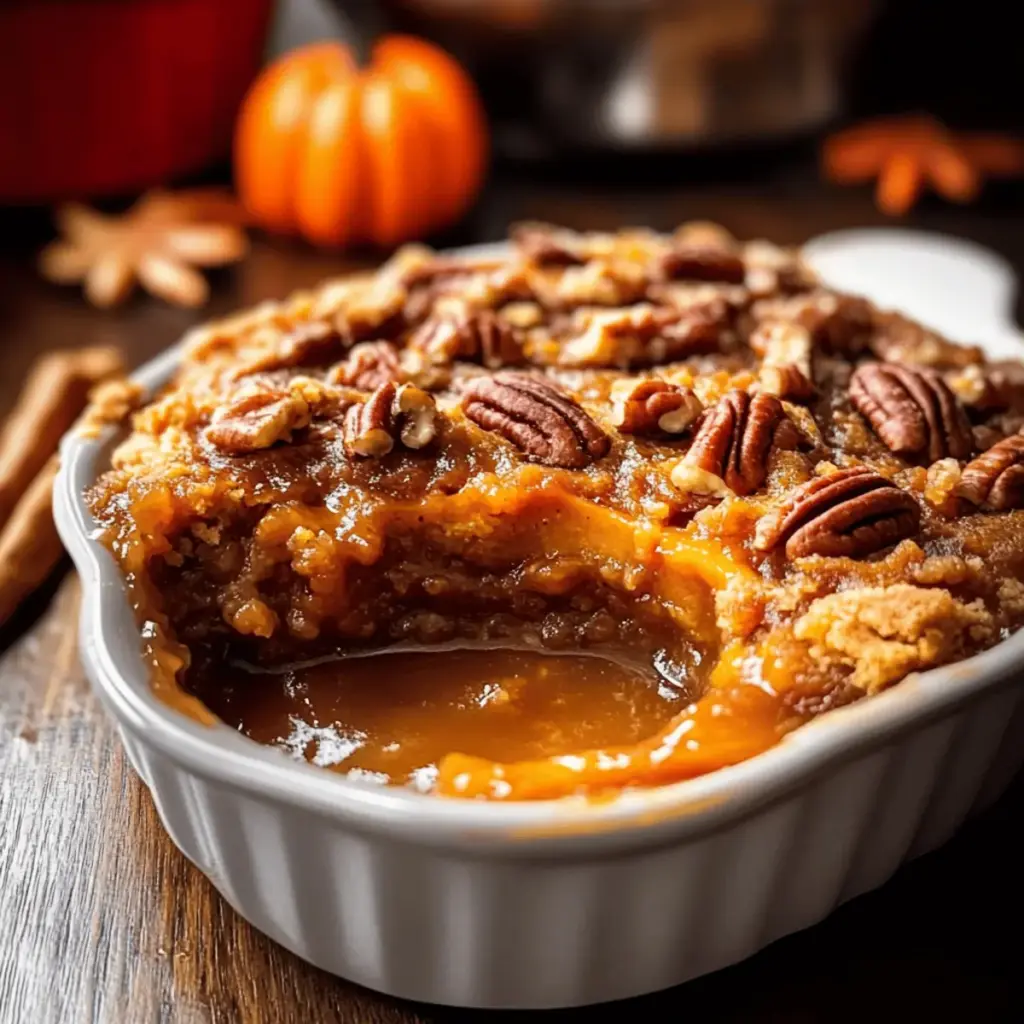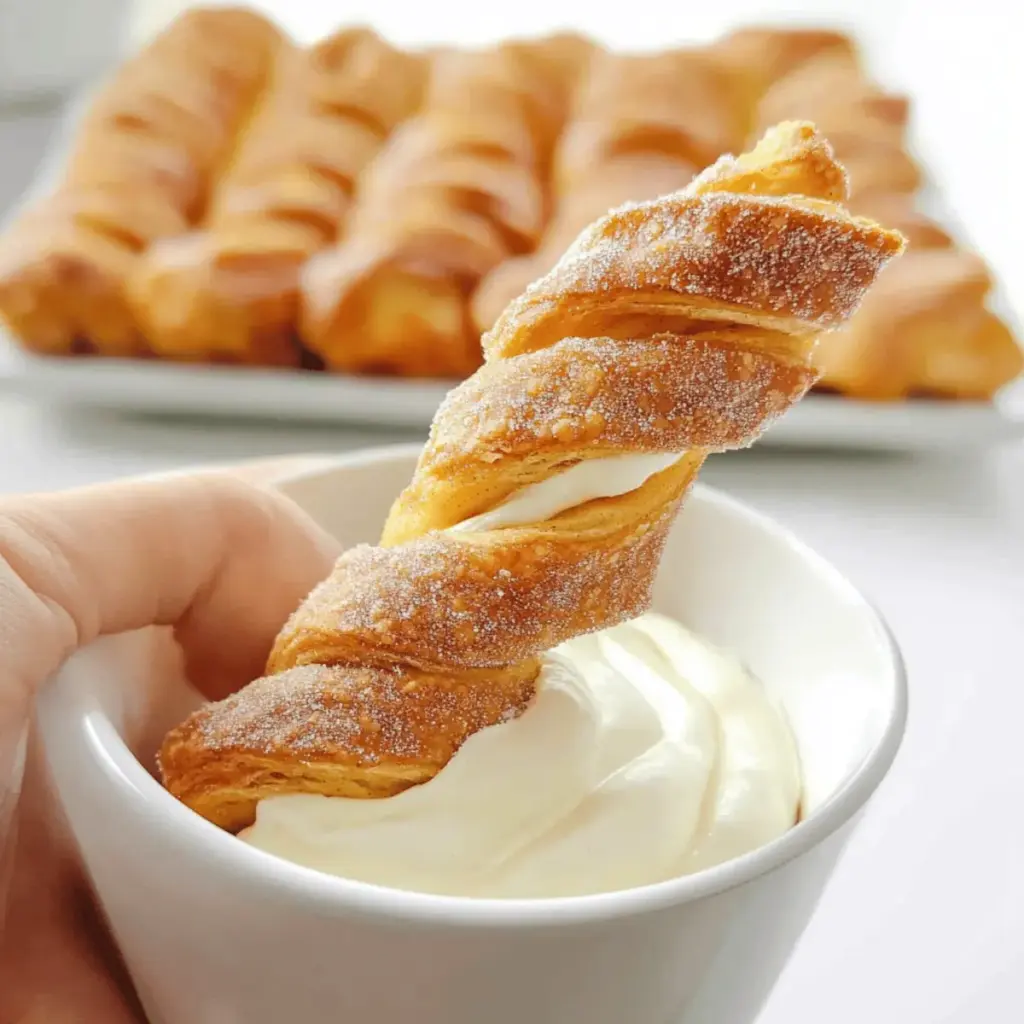
Introduction to Gricia Pasta Recipe
What is Gricia Pasta?
Gricia pasta is a delightful dish that hails from Italy. It’s often considered a precursor to the more famous carbonara. This dish is simple yet incredibly flavorful, showcasing the beauty of Italian cuisine. The main ingredients include pasta, guanciale, Pecorino Romano cheese, and black pepper. Each component plays a vital role in creating a rich and creamy sauce that clings to the pasta. The combination of crispy guanciale and the sharpness of the cheese makes every bite a treat. If you’re looking for a comforting meal that’s easy to prepare, Gricia pasta is a fantastic choice!
The Origins of Gricia Pasta Recipe
The origins of Gricia pasta can be traced back to the Lazio region of Italy, particularly the town of Grisciano. This dish is often referred to as “the white sauce” because it doesn’t contain tomatoes, unlike many other Italian pasta dishes. Historically, Gricia was a dish for shepherds, who needed something hearty and satisfying while tending to their flocks. Over time, it evolved into a beloved staple in Roman cuisine. Today, Gricia pasta is celebrated for its simplicity and depth of flavor, making it a favorite among both locals and visitors. Enjoying this dish is like taking a bite out of Italian history!
Ingredients for Gricia Pasta Recipe
To create a delicious Gricia pasta, you’ll need a few simple yet high-quality ingredients. Each one contributes to the dish’s rich flavor and creamy texture. Here’s what you’ll need:
- 8 ounces spaghetti or rigatoni: Choose your favorite pasta shape. Spaghetti is traditional, but rigatoni holds the sauce beautifully.
- 4 ounces guanciale (or pancetta): Guanciale is the authentic choice, offering a unique flavor. If unavailable, pancetta is a suitable substitute.
- 1 cup grated Pecorino Romano cheese: This cheese adds a sharp, salty taste that enhances the dish. Freshly grated is best for melting.
- 1 teaspoon freshly cracked black pepper: This ingredient adds a delightful kick. Adjust the amount based on your spice preference.
- Salt, to taste: Use this to season the pasta water and adjust the flavor of the dish.
- Fresh parsley, chopped (for garnish, optional): This adds a pop of color and freshness to your plate.
Gathering these ingredients will set you on the right path to making a fantastic Gricia pasta. Remember, the quality of your ingredients can make a big difference in the final dish. So, opt for the best you can find!
Step-by-Step Preparation of Gricia Pasta Recipe
Step 1: Preparing the Ingredients
Before you start cooking, it’s essential to prepare all your ingredients. Begin by measuring out 8 ounces of spaghetti or rigatoni. Next, take 4 ounces of guanciale or pancetta and cut it into small strips or cubes. This will help it cook evenly and become crispy. Grate 1 cup of Pecorino Romano cheese, ensuring it’s fresh for the best flavor. Finally, have your freshly cracked black pepper and salt ready. Having everything prepped will make the cooking process smooth and enjoyable!
Step 2: Cooking the Pasta
Now, it’s time to cook the pasta! Bring a large pot of salted water to a boil. The salt enhances the pasta’s flavor, so don’t skip this step. Once the water is boiling, add your spaghetti or rigatoni. Cook according to the package instructions until it reaches an al dente texture. This usually takes about 8 to 10 minutes. Remember to reserve 1 cup of pasta water before draining the pasta. This starchy water will help create a creamy sauce later!
Step 3: Making the Sauce
While the pasta is cooking, you can prepare the sauce. In a large skillet, heat over medium heat and add the guanciale or pancetta. Cook it for about 5 to 7 minutes, or until it becomes crispy and golden. The fat will render out, creating a delicious base for your sauce. Once it’s crispy, reduce the heat to low. This will prevent the guanciale from burning while you combine it with the pasta.
Step 4: Combining Pasta and Sauce
After draining the pasta, add it directly to the skillet with the crispy guanciale. Toss everything together to combine. Gradually sprinkle in the grated Pecorino Romano cheese, stirring continuously. This will help the cheese melt and create a creamy sauce. If the sauce seems too thick, add a splash of the reserved pasta water. Keep stirring until you achieve your desired consistency. The goal is a smooth, creamy coating on the pasta!
Step 5: Serving the Gricia Pasta
Now that your Gricia pasta is ready, it’s time to serve! Plate the pasta immediately for the best taste. You can garnish it with additional Pecorino Romano cheese and a sprinkle of freshly cracked black pepper. If you like, add some chopped parsley for a touch of color and freshness. Enjoy your delicious Gricia pasta while it’s hot, and savor every bite of this classic Italian dish!

Variations of Gricia Pasta Recipe
Adding Vegetables to Gricia Pasta Recipe
While the traditional Gricia pasta recipe is delicious on its own, you can easily enhance it by adding vegetables. This not only boosts the nutritional value but also adds vibrant colors and flavors. Consider incorporating ingredients like sautéed spinach, roasted cherry tomatoes, or even zucchini. For instance, you can quickly sauté some spinach in the skillet after cooking the guanciale. Then, toss it with the pasta and sauce for a delightful twist. Another option is to add roasted cherry tomatoes, which bring a sweet burst of flavor. Just remember to adjust the seasoning to balance the added ingredients. These vegetable additions can make your Gricia pasta even more satisfying!
Alternative Proteins in Gricia Pasta Recipe
If you’re looking for a different protein option, there are several alternatives to guanciale. While guanciale is the traditional choice, pancetta works well too. For a lighter version, you might try using turkey bacon or even chicken. These options will change the flavor profile slightly but can still create a delicious dish. If you prefer a vegetarian option, consider using mushrooms. Sautéed mushrooms can provide a meaty texture and rich flavor. Simply replace the guanciale with your chosen protein and follow the same cooking steps. This way, you can enjoy a Gricia pasta that suits your taste preferences while still being delightful!
Cooking Note for Gricia Pasta Recipe
When preparing Gricia pasta, there are a few important cooking notes to keep in mind. First, the quality of your ingredients is crucial. Using authentic guanciale will give you the best flavor, but if you opt for pancetta, ensure it’s of high quality as well. Freshly grated Pecorino Romano cheese is essential for achieving that creamy texture. Pre-grated cheese often contains anti-caking agents that can affect the melting process.
Another key point is to watch the heat while cooking the guanciale. You want it crispy but not burnt. Cooking it over medium heat allows the fat to render out slowly, creating a delicious base for your sauce. If the heat is too high, the guanciale can become overly crispy and lose its rich flavor.
Additionally, remember to reserve that cup of pasta water! This starchy water is a secret weapon in Italian cooking. It helps to emulsify the sauce, making it creamy and smooth. If you find your sauce is too thick, adding a little pasta water can help achieve the perfect consistency.
Lastly, serve your Gricia pasta immediately after cooking. This dish is best enjoyed fresh and hot. The flavors are at their peak, and the creamy sauce clings beautifully to the pasta. So, gather your loved ones and enjoy this delightful meal together!
Serving Suggestions for Gricia Pasta Recipe
Serving Gricia pasta is an opportunity to showcase its rich flavors and delightful textures. Here are some suggestions to elevate your dining experience:
- Pair with a Fresh Salad: A light, crisp salad can balance the richness of the pasta. Consider a simple arugula salad with lemon vinaigrette. The peppery arugula complements the flavors of the Gricia beautifully.
- Accompany with Garlic Bread: Serve warm garlic bread on the side. The crunchy texture and buttery flavor make it a perfect match for the creamy pasta. Plus, it’s great for soaking up any leftover sauce!
- Wine Pairing: A glass of white wine, like Pinot Grigio or a light red, such as Chianti, can enhance your meal. The acidity in the wine cuts through the richness of the cheese and guanciale, creating a harmonious balance.
- Garnish Creatively: While you can stick to the classic Pecorino Romano and parsley, consider adding a sprinkle of lemon zest for a fresh twist. This brightens the dish and adds a lovely aroma.
- Make it a Full Meal: To turn your Gricia pasta into a complete meal, serve it with grilled vegetables or a protein of your choice. Grilled chicken or shrimp can add a satisfying element to the dish.
These serving suggestions not only enhance the overall experience but also allow you to customize your meal to suit your taste. Enjoy your Gricia pasta with friends and family, and savor the delightful flavors of this classic Italian dish!
Tips for Perfecting Your Gricia Pasta Recipe
Perfecting your Gricia pasta recipe is all about attention to detail and a few helpful tips. Here are some essential pointers to ensure your dish turns out delicious every time:
- Use Quality Ingredients: The flavor of your Gricia pasta heavily relies on the quality of your ingredients. Opt for authentic guanciale if possible, as it provides a unique taste. Freshly grated Pecorino Romano cheese is also crucial for achieving that creamy texture.
- Don’t Overcook the Pasta: Cooking your pasta to al dente is key. This means it should be firm to the bite. Overcooked pasta can become mushy and won’t hold the sauce well. Remember to taste it a minute or two before the package suggests.
- Reserve Enough Pasta Water: Always reserve at least one cup of pasta water before draining. This starchy water is essential for creating a smooth sauce. If your sauce is too thick, adding a splash of this water can help achieve the perfect consistency.
- Control the Heat: When cooking the guanciale, keep the heat at medium. This allows the fat to render out slowly, creating a crispy texture without burning. If the heat is too high, the guanciale can become overly crispy and lose its rich flavor.
- Mix Quickly: Once you add the pasta to the skillet, mix quickly to ensure the cheese melts evenly. Stirring continuously helps to create a creamy sauce that clings to the pasta.
- Adjust Seasoning: Taste your dish before serving. The saltiness of the cheese and guanciale can vary, so adjust the seasoning as needed. A little extra black pepper can also enhance the flavor.
- Serve Immediately: Gricia pasta is best enjoyed fresh and hot. Serve it right after cooking to experience the full flavors and creamy texture. If you let it sit, the sauce may thicken and lose its appeal.
By following these tips, you’ll be well on your way to mastering the art of Gricia pasta. Each step contributes to the overall flavor and texture, making your dish a delightful experience for everyone at the table!
Breakdown of Time for Gricia Pasta Recipe
Prep Time
Preparing your ingredients is a crucial step in making Gricia pasta. This includes measuring the pasta, cutting the guanciale, and grating the cheese. On average, you should set aside about 10 to 15 minutes for this prep work. Having everything ready will make the cooking process smoother and more enjoyable!
Cooking Time
The actual cooking time for Gricia pasta is relatively quick. Cooking the pasta usually takes around 8 to 10 minutes, depending on the type you choose. While the pasta cooks, you’ll spend about 5 to 7 minutes cooking the guanciale until it’s crispy. Combining the pasta and sauce takes an additional 2 to 3 minutes. Overall, expect the cooking time to be around 15 to 20 minutes.
Total Time
When you combine both the prep and cooking times, the total time to make Gricia pasta is approximately 25 to 35 minutes. This makes it a fantastic option for a quick weeknight dinner or a delightful meal to impress guests. With just a little time and effort, you can enjoy a delicious plate of Gricia pasta that’s sure to please!
Nutritional Information for Gricia Pasta Recipe
Calories in Gricia Pasta Recipe
When it comes to enjoying a delicious Gricia pasta, understanding its nutritional content is essential. A serving of this delightful dish contains approximately 450 calories. This makes it a satisfying meal that can fit into a balanced diet. The combination of pasta, guanciale, and Pecorino Romano cheese contributes to the calorie count, providing energy for your day. Enjoying this dish in moderation can be a delightful treat!
Protein Content in Gricia Pasta Recipe
Protein is an important nutrient, and Gricia pasta offers a decent amount. Each serving contains about 20 grams of protein. This protein primarily comes from the guanciale and Pecorino Romano cheese. Protein is essential for building and repairing tissues, making this dish not only tasty but also nourishing. Pairing it with a side of vegetables can further enhance the protein content and overall nutritional value of your meal.
Sodium Levels in Gricia Pasta Recipe
Sodium is another factor to consider when enjoying Gricia pasta. The sodium levels can vary based on the ingredients used, particularly the guanciale and Pecorino Romano cheese. On average, a serving of Gricia pasta contains around 800 milligrams of sodium. While this is a reasonable amount for a flavorful dish, it’s important to be mindful of your overall sodium intake throughout the day. If you’re watching your sodium levels, consider using less cheese or opting for a lower-sodium guanciale or pancetta.

FAQs about Gricia Pasta Recipe
What is the difference between Gricia and Carbonara?
Gricia and Carbonara are both classic Italian pasta dishes, but they have some key differences. Gricia is often referred to as “the white sauce” because it doesn’t include eggs or cream. Instead, it relies on the combination of guanciale, Pecorino Romano cheese, and black pepper to create a rich, creamy sauce. On the other hand, Carbonara includes eggs, which are mixed with the hot pasta to create a silky sauce. While both dishes are delicious, Gricia is simpler and highlights the flavors of its few ingredients.
Can I make Gricia Pasta Recipe vegetarian?
Absolutely! You can easily make a vegetarian version of Gricia pasta. Instead of using guanciale or pancetta, consider substituting with sautéed mushrooms or smoked tofu. These alternatives can provide a similar texture and depth of flavor. Additionally, you can add vegetables like spinach or zucchini to enhance the dish. Just remember to adjust the seasoning to ensure your vegetarian Gricia pasta is just as flavorful as the traditional version!
How can I store leftover Gricia Pasta?
If you have leftover Gricia pasta, storing it properly is essential to maintain its flavor and texture. Allow the pasta to cool completely before transferring it to an airtight container. You can store it in the refrigerator for up to 3 days. When you’re ready to enjoy it again, reheat the pasta gently in a skillet over low heat. You may want to add a splash of water or a drizzle of olive oil to help revive the creamy sauce. Avoid microwaving it, as this can make the pasta rubbery. Enjoy your leftovers while they’re still delicious!
Conclusion on Gricia Pasta Recipe
In conclusion, Gricia pasta is a wonderful dish that embodies the essence of Italian cooking. With its simple ingredients and rich flavors, it’s a meal that can be enjoyed by everyone. Whether you’re preparing it for a family dinner or a special occasion, this recipe is sure to impress. The combination of crispy guanciale, creamy Pecorino Romano cheese, and freshly cracked black pepper creates a delightful experience for your taste buds.
As you explore the variations and tips for perfecting your Gricia pasta, remember that cooking is all about creativity and personal touch. Feel free to experiment with different proteins and vegetables to make the dish your own. The beauty of Gricia pasta lies in its versatility, allowing you to adapt it to your preferences while still honoring its traditional roots.
So, gather your ingredients, follow the steps, and enjoy the process of making this classic Italian dish. With each bite, you’ll savor the flavors of Italy and perhaps even create new memories around the dinner table. Buon appetito!







